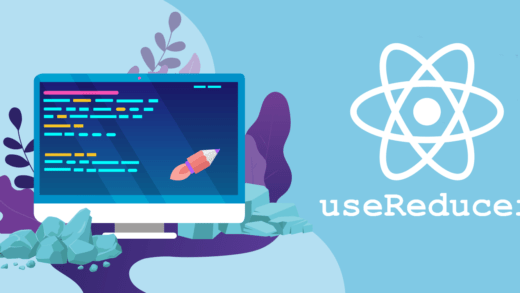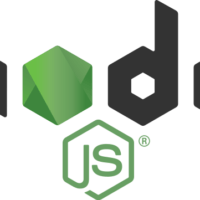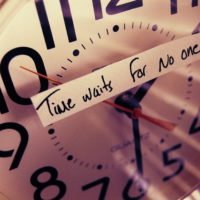Image source: ScienceSoft
One of the main purposes of a data bus is to transfer data from the source system to the target system. But when we have one consumer and one producer, everything is simple – it seems there is no need for a bus. Now let’s imagine we have 4 consumers and 6 producers (and tomorrow there may be more).
We will have to implement 24 integrations! Each will require an interaction protocol, data format, and schema validation. We also need to fulfill non-functional requirements. The task no longer seems simple, but Kafka can handle it and will do it better than similar tools.
Understanding Kafka Basics
Apache Kafka is often called a message broker, but it is more of a hybrid of a distributed log and a key-value database. This distributed event streaming platform is often used as a messaging bus when integrating multiple systems. At the same time, Kafka implements the “publisher/subscriber” principle, when producer applications send messages to a topic, from where they are read by consumer applications subscribed to this topic. All this happens in almost real-time, i.e. corresponds to the streaming information processing paradigm. It will be difficult for a beginner who has never encountered anything like this to understand the essence of the matter and start working with Kafka himself, so in this case it is better to turn to specialists.
Key Features of Kafka
- Fault tolerance
Kafka is a distributed messaging system whose nodes are contained across multiple clusters. The distributed nature and record replication mechanism provide the system with high stability.
- Scalability
Because Apache Kafka is rapidly extensible, more servers may be added to clusters without requiring a system shutdown. By doing this, downtime brought on the server capacity re-equipment is eliminated.
- Performance
In Kafka, the processes of generating/sending and reading messages are organized independently of each other. Thousands of applications and processes can simultaneously and in parallel play the role of message generators and consumers. Combined with its distributed nature and scalability, this allows Kafka to be used in both small and large-scale projects with large volumes of data.
- Open source
The Apache Software Foundation offers a free license for the distribution of Kafka. As a result, Kafka Apache offers the following benefits:
- Numerous handbooks, life hacks, instructions, and evaluations from a wide range of amateur and expert fans, in addition to a substantial quantity of background material from the official developers;
- Several more software programs and fixes created by other developers that enhance and broaden the system’s core capabilities;
- Because of the settings’ flexibility, the system may be independently modified to meet the needs of the project.
- Safety
Kafka has tools to ensure secure operation and data integrity. For example, by configuring the transaction isolation level, you can prevent pending or canceled messages from being read.
Here are some interesting statistics about Apache Kafka:
- According to Confluent more than 70% of Fortune 500 companies use Apache Kafka;
- According to Confluent companies like LinkedIn currently transmit over 1 trillion messages every day to Apache Kafka.
Use Cases in Data Analytics
There are main uses of Kafka in data analytics:
- Data streams from a variety of sources, including web servers, mobile devices, Internet of Things sensors, etc., can be centrally stored in Kafka.
- Using technologies like Apache Flink, Apache Spark Streaming, Apache Kafka Streams, and others, Kafka enables real-time processing of data streams.
- Kafka may be integrated with some data analytics platforms, including Elasticsearch, Apache Spark, and Apache Hadoop.
- Kafka may be used in microservice systems to facilitate data sharing between many services.
- It is possible to gather, compile, and examine logs and metrics from different systems using Kafka.
Integrating Kafka with Big Data Technologies
Integrating Kafka with big data technologies allows you to create flexible, scalable, and high-performance analytics platforms that can efficiently process and analyze data streams in real-time. Some of the most common ways to integrate Kafka with other big data technologies are:
- Apache Hadoop;
- Apache Spark;
- Elasticsearch and Apache Solr;
- Apache Flink;
- Apache Cassandra and Apache HBase.
Kafka in Event-Driven Architectures
Apache Kafka plays a central role in this architecture, as it is a scalable and durable event bus for interconnecting microservices. In an event-driven architecture, microservices are designed to send and receive events, which ensures their asynchronous interaction without direct dependencies on one another.
Apache Kafka is:
- Event Broker;
- The event log;
- Service separation;
- Reliability and fault tolerance;
- Scalability;
- Real-time data processing;
- Ordering events by time;
- Circuit evolution and compatibility.
Kafka in Machine Learning Pipelines
Using Kafka in machine learning pipelines helps create flexible, scalable, and reliable systems for developing and deploying machine learning models because streaming data to Kafka provides an efficient and scalable system for collecting data that can be used to train models.
After collecting data from various sources, Kafka can be used to pre-process and clean the data before using it to train models, and Kafka can also be used to feed data to train machine learning models.
Kafka Security Best Practices
- Authentication and authorization;
- Data encryption;
- Control access to topics;
- Security monitoring;
- Updates and patches;
- Network security;
- Key and certificate management;
- Limitation of privileges;
- Backup and recovery;
- Training and awareness.
Author
Irene Mikhailouskaya
Irene is a Data Analytics Researcher at ScienceSoft, a global IT consulting and software development company. Covering the topic since 2017, she is an expert in business intelligence, big data analytics, data science, data visualization, and data management. Irene is a fruitful contributor to ScienceSoft’s blog, where she popularizes complex data analytics topics such as practical applications of data science, data quality management approaches, and big data implementation challenges.



















